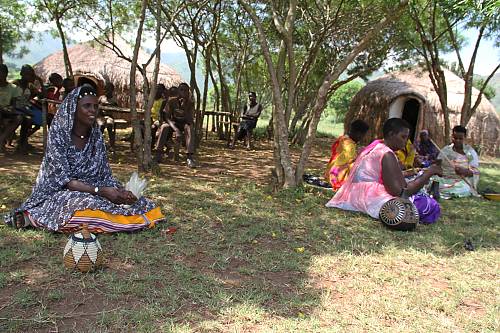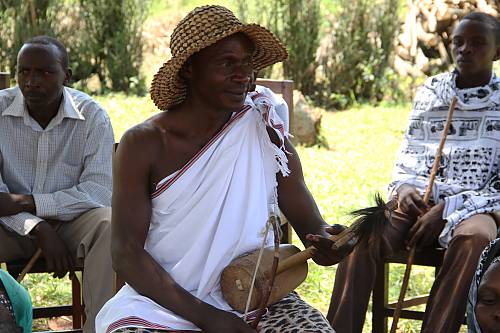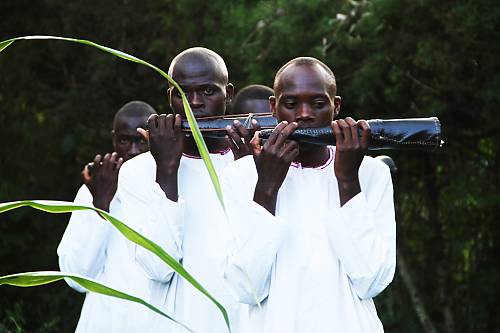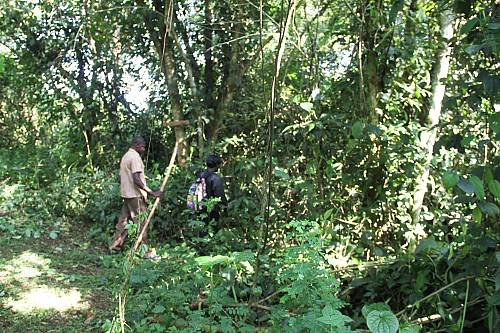Koogere oral tradition of the Basongora, Banyabindi and Batooro peoples
Inscribed in 2015 (10.COM) on the List of Intangible Cultural Heritage in Need of Urgent Safeguarding

Koogere was a female chief of Busongora about 1,500 years ago. Oral tradition describes her exceptional wisdom and the prosperity of the chiefdom through a series of narratives, which form part of the collective memory of Basongora, Banyabindi and Batooro communities in Kasese. This oral tradition is an essential and inspirational part of social philosophy and folk expression. It encompasses sayings and narrations focusing on images of plenty and abundance as blessings for hard work, highlighting the importance of wisdom and evoking female magic and heroism. Practitioners and custodians of the narratives are traditionally elders, sages, storytellers, poets, musicians, artists and indigenous families living near sites associated with the story. The story is retold and sung informally around the fireplace and during collective activities such as handicrafts, cattle herding and long-distance travel, with skilled older storytellers transmitting the tradition to younger participants. Koogere storytelling thus facilitates shared actions, recreation, wisdom, learning and intergenerational transfer of information, values and skills. However, today there is increasing dominance of formal training and education, while the transmission of knowledge and skills associated with enactment of Koogere oral tradition is informal and spontaneous and thus not adapted to these new methods. Moreover, the use of the language of Koogere story – Runyakitara (Runyoro-Rutooro) is declining. Knowledge of the oral tradition is therefore decreasing rapidly with only four surviving master storytellers able to relate more than one episode of the Koogere story. The frequency of these practices is also diminishing, as other entertainment dominates the social spaces associated with enactment and transmission.









